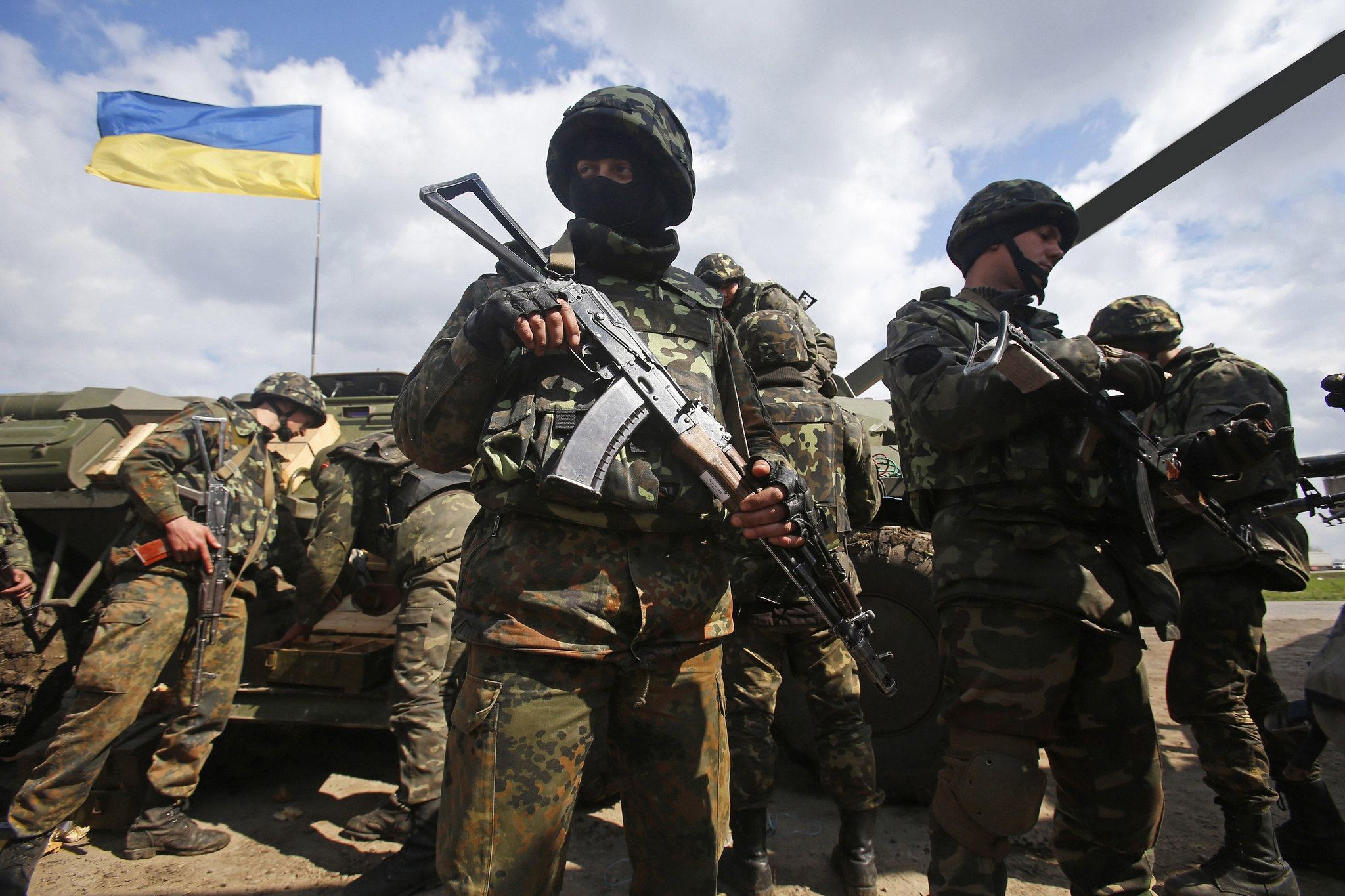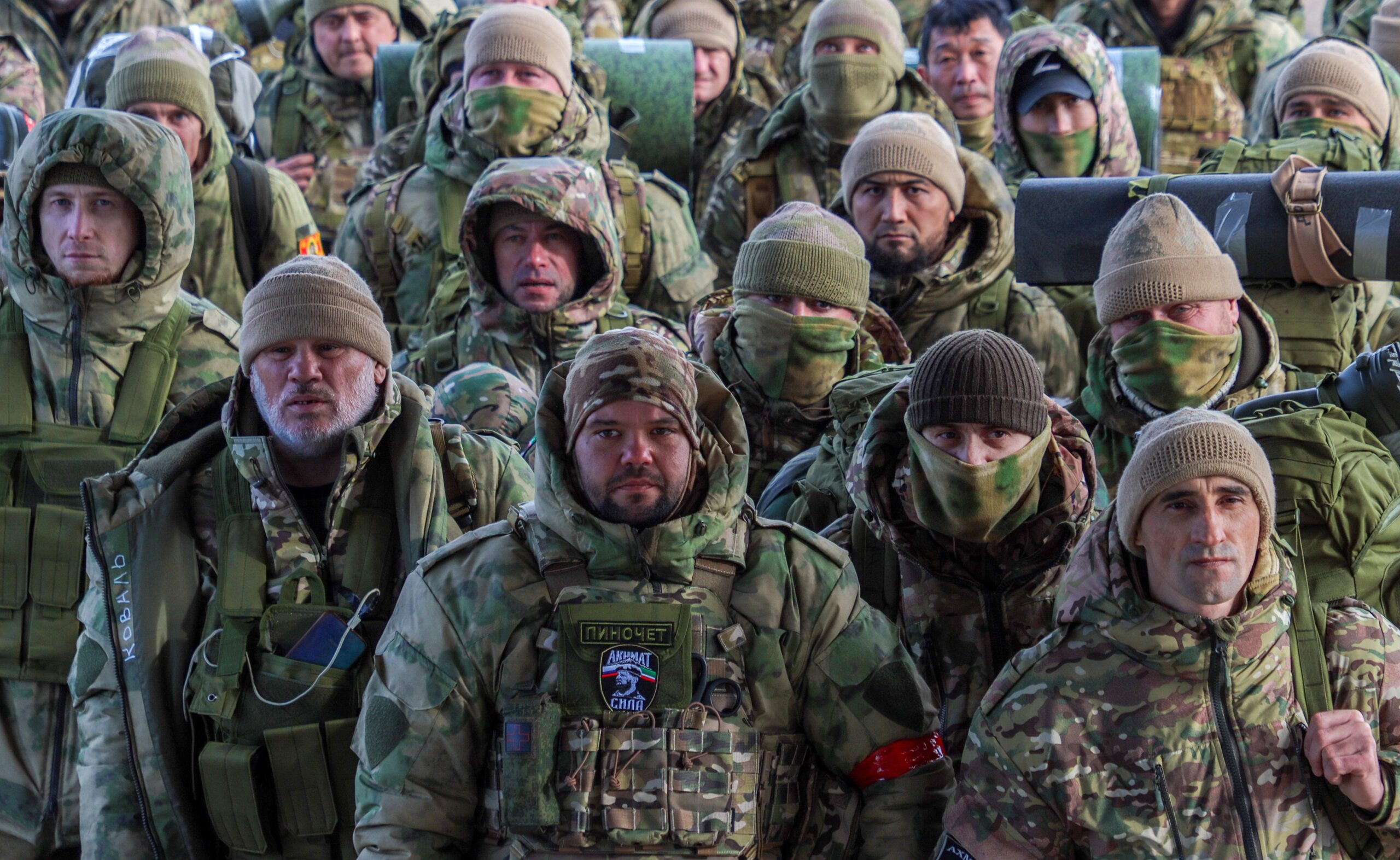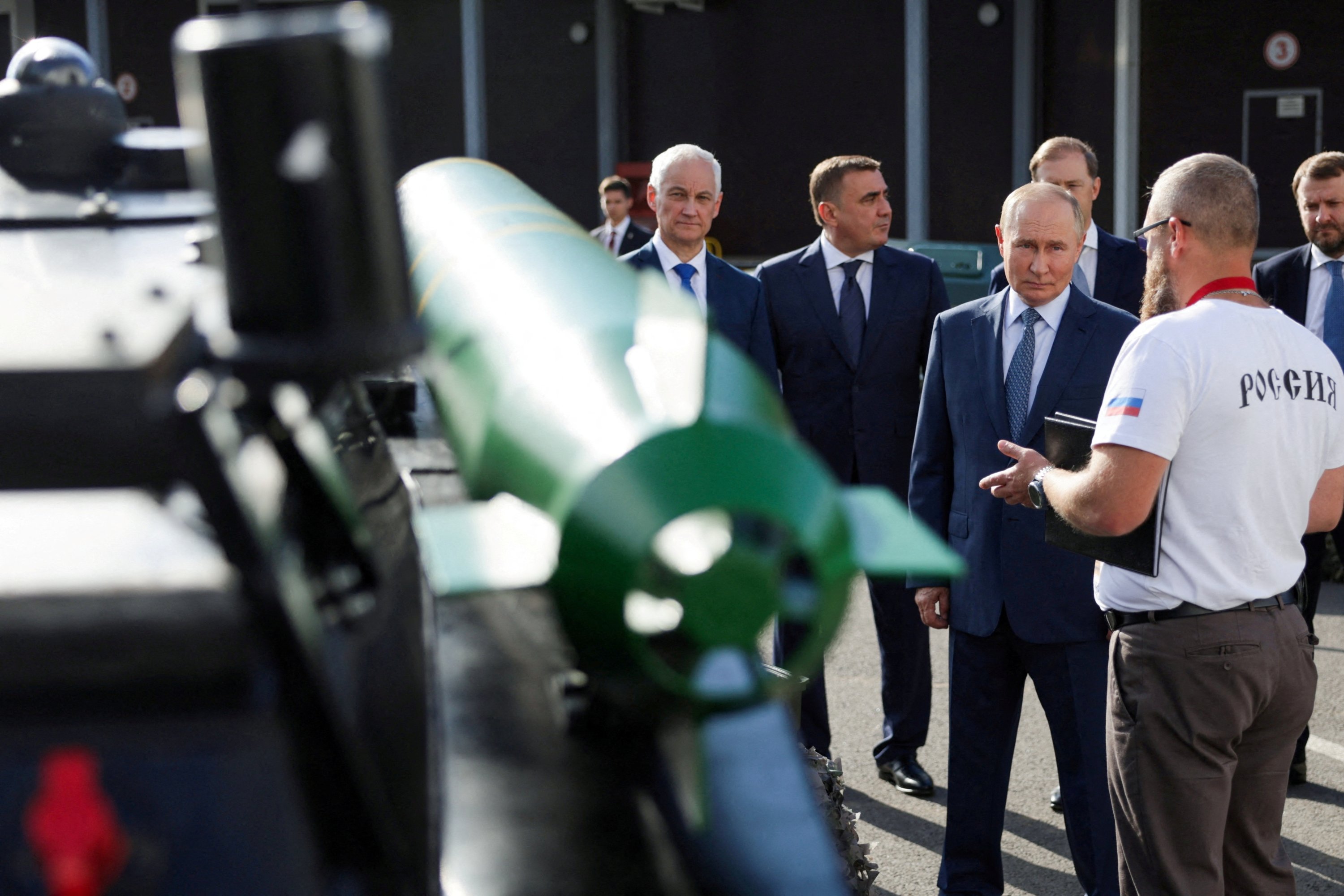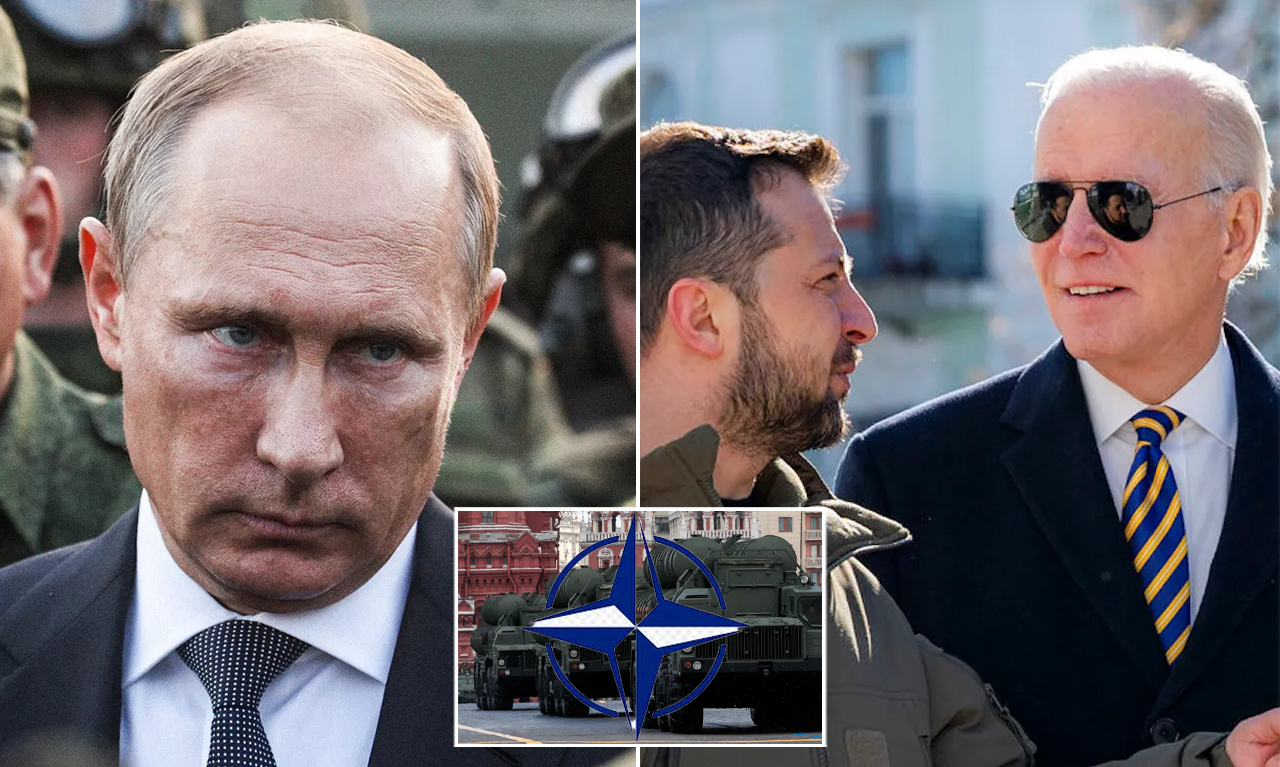Ukraine’s war strategy: Survive 2024 to win in 2025
Kyiv needs arms and ammunition from its allies if it is to stave off Russian attacks over the coming months.
After many weeks of bloody fighting, Russia finally took the fortress city of Avdiivka this month | Aris Messinis/AFP via Getty Images
By Joshua Posaner, Veronika Melkozerova, Stuart Lau, Paul McLeary and Henry Donovan
Ukraine has an ambitious military goal for this year — hold on.

It’s the third year of the country’s full-scale war with Russia and a decade since Moscow illegally annexed Crimea and set off a conflict in eastern Ukraine. After despair at the initial attack, followed by soaring hopes for a quick reversal, the facts on the front line now point to a year of stagnation.
Ukraine’s soldiers are exhausted and its military is running short of artillery ammunition and air defense rockets, while weapons like F-16 fighter jets and the U.S.-made MGM-140 Army Tactical Missile System (ATACMS) have yet to arrive in significant numbers.
This year will be one of “recovery and preparation on both sides, like 1916 and 1941-42 in the last world wars,” said Marc Thys, who retired as Belgium’s deputy defense chief last year with the rank of lieutenant general.
Looking ahead

To assess prospects for the year ahead, POLITICO asked analysts, serving officers and military experts to give their view on the course of the war.
Nobody could provide a precise roadmap for 2024, but all agreed that three fundamentals will determine the trajectory of the coming months. First, this spring is about managing expectations as Ukraine won’t have the gear or the personnel to launch a significant counteroffensive; second, Russia, with the help of its allies, has secured artillery superiority and, together with relentless ground attacks, is pounding Ukrainian positions; and third, without Western air defense and long-range missiles as well as artillery shells, Kyiv will struggle to mount a credible, sustained defense.

“The year will be difficult, no one can predict from which direction Russia will go or whether we will advance this year,” said Taras Chmut, a Ukrainian military analyst and sergeant with the Naval Forces Marine Corps Reserve.
It’s clear, however, that Ukraine is on the back foot.
After many weeks of bloody fighting, Russia finally took the fortress city of Avdiivka this month. Without pausing for a breather, its military proceeded to launch attacks on other key Ukrainian strongpoints and logistical hubs: Robotyne in the region of Zaporizhzia, Kupiansk in Kharkiv, and Chasiv Yar in Donetsk region.
“The critical factor is Ukraine’s ability to establish favorable defensive positions,” a serving German officer monitoring the conflict told POLITICO on condition of anonymity.
Russia is able to advance because it cares little about the lives of its troops. The Ukrainian military estimates that taking Avdiivka cost Russia 47,000 soldiers, while Andrey Morozov, a Russian pro-military blogger who later committed suicide, wrote that the army lost 16,000 men. Ukrainian President Volodymyr Zelenskyy estimated Russia lost seven men for every Ukrainian killed.
Adding to this disregard for its own losses, Russia has been able to overwhelm Ukrainian defenses with its artillery superiority.

Russia has secured artillery superiority and is pounding Ukrainian positions | Roman Pilipey/AFP via Getty Images
Estimates of Russia’s annual production and recovery of shells range from 1 million to as high as 4.5 million. “This volume significantly exceeds the amount of artillery ammunition available to Ukraine,” noted an Estonian Defense Ministry study.
In contrast, Western nations are rushing to bolster their own munitions production, with the U.S. planning to work up to around 1 million shells annually by the end of 2025 from a pre-war total of 190,000.
Russia has also been helped by the delivery of drones from Iran and as many as a million shells from North Korea, and has already used at least 24 North Korean ballistic missiles to attack Ukraine since the beginning of the year, Ukrainian Prosecutor General Andriy Kostin said.
Ukraine, meanwhile, is suffering a shortage of shells that is forcing its frontline troops to ration shots and rely on unconventional technologies like drones to hold back Russian attacks.
Kyiv is trying to boost domestic production, but progress has been slow.
An EU promise to send a million shells by March has fallen far short; as few as 300,000 may have been delivered.
The U.S. may have sent as many as 2 million 155 millimeter shells since the war began, but those supplies have dried up thanks to political gridlock in Washington over military aid to Ukraine.
A Feb. 20 call between Ukrainian defense chief Rustem Umerov, military commander General Oleksandr Syrskyi, and American Defense Secretary Lloyd Austin laid out Ukraine’s priorities for new weapons and equipment in the coming months.
The requests, according to one person briefed on the call who was granted anonymity to discuss the conversation, reflect some important changes in how the Ukrainians plan to fight this year and indicate how the war has altered from the early days.
As usual, more air defense systems top the list, but instead of fighter planes or tanks, Kyiv is seeking drones for surveillance and long-range strikes, followed by electronic warfare systems to jam the Russian drones and ballistic missiles targeting Ukrainian front lines and civilian infrastructure.
Whether the West does better in the coming months in supplying Ukraine will determine if it can hold the line this year, said Justin Bronk, a senior research fellow with the Royal United Services Institute think tank.
“Maintaining the supply of [surface-to-air missile] ammunition for Ukraine’s Western and remaining Soviet-legacy air defense systems will be a crucial task for Western partners in 2024,” Bronk said.
 Ukraine’s military is running short of artillery ammunition and air defense rockets | Sergei Supinsky/AFP via Getty Images
Ukraine’s military is running short of artillery ammunition and air defense rockets | Sergei Supinsky/AFP via Getty Images
Calling up more troops
U.S. intelligence says 315,000 Russian soldiers have been killed or wounded since the fighting began, but the Kremlin continues to feed the war with more men.
Russian President Vladimir Putin said last year that Russia has 617,000 soldiers in Ukraine, with more on the way. Russia’s population is three times that of Ukraine, allowing Putin so far to avoid a broader call-up and to rely instead on contract troops and on emptying the country’s prisons to provide cannon fodder.
“The stream of our men who are ready to defend the interests of the homeland with weapons in their hands is not diminishing,” Putin said during his annual press conference on Dec. 14.
Ukraine’s army numbers 800,000, with reserves of over a million. Efforts to increase the numbers by lowering the draft age from 27 to 25 — which would add about 400,000 men to the army — have encountered fierce opposition. Ukraine’s generals, however, need more men to be able to rotate exhausted soldiers away from the front and to build up new units of trained and rested troops.
This year “will be a year of strategic build-up and defense for both Ukraine and the Euro-Atlantic community — a time to build up the necessary military and industrial base,” Estonia’s Defense Minister Hanno Pevkur said.
“By 2025, Ukraine could have the sufficient skills and means to defeat Russia.”
But Russia is a moving target, having put its economy on a war footing and now producing new tanks, planes, missiles and artillery, as well as ransacking Soviet-era stores for equipment and ammunition.
Darkest hour
Another problem for Ukraine is keeping the faith.
Most Europeans back Kyiv, but an overwhelming majority think it will lose the war.
In Ukraine, 85 percent of the population still believe their country will win, but ever fewer can describe what that victory will look like and when it will come, according to recent polling.
The pessimism owes much to the fact that deliveries of aid have slowed in recent months.
Ukrainian analyst Chmut says much hangs on whether Republican leaders in the U.S. Congress backtrack on their opposition to the Ukraine aid package.
Russia has been able to overwhelm Ukrainian defenses with its artillery superiority | Roman Pilipey/AFP via Getty Images
U.S. Army Secretary Christine Wormuth said that if Congress doesn’t pass the Ukraine bill, it would be “extremely damaging for the Ukrainians, because that money is going to be what gets them additional munitions.”
European countries are also slowly accelerating their productions of arms and ammunition — both to send to Ukraine and to equip their own forces after years of neglect.
But the mood on Ukraine is grim — as was evident at this month’s Munich Security Conference, where last year’s giddy optimism regarding a successful counteroffensive was replaced by sour pessimism.
For General Ben Hodges, however — the former commander of the U.S. Army in Europe — the fact that Ukraine maintains a viable defense and remains resolute are reason to be positive. There’s “too much defeatism,” he said.
For one, F-16 fighter jets will start to arrive in the next months, helping Ukraine vie for control of the skies. There are also indications that the U.S. may send more ATACMS ballistic missiles, while Germany is under pressure to deliver its powerful Taurus cruise missiles. Such weapons would allow Ukraine to pound Russian logistics and air bases well behind the front lines, undermining its ability to keep attacking.
“Wait a minute, this war has been going on for 10 years, Russia has had every advantage, and after 10 years they only occupy 18 percent of Ukraine,” Hodges said. “They [have] lost half a million troops, the Black Sea Fleet is getting worse by the day, and the Air Force is unable to get air superiority.”
What is needed, he explained, is a clear commitment from Western leaders — not just to stick with Ukraine for as long as it takes, but to back it with the weapons it needs to actually win the war.
“I think that Russia actually is in worse shape than we think,” Hodges said.




